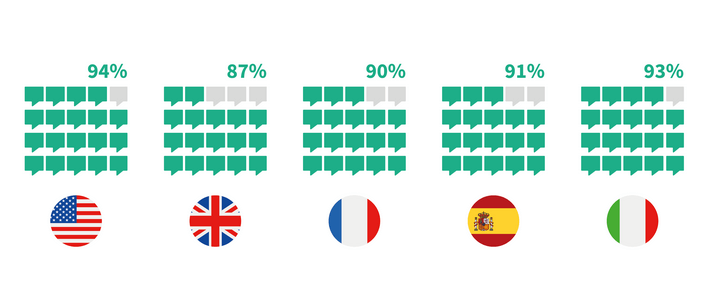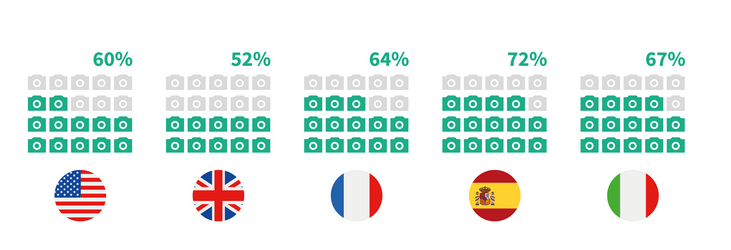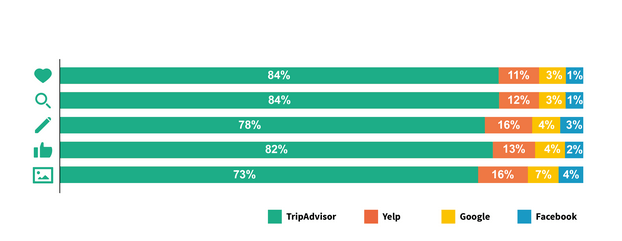
TripAdvisor has released results of a new international diner survey (n=9,500 US and EU consumers) which explored restaurant decision-making among diners in five countries: the US, the UK, Spain, France and Italy. Survey respondents were “consumers registered with TripAdvisor who agreed to complete company-sponsored surveys through CVENT.”
TripAdvisor says results show it’s the most widely used and trusted restaurant review and discovery site across all five countries surveyed. In the US market, here’s the usage breakdown:
At home:
- TripAdvisor — 78 percent
- Yelp — 41 percent
- Google — 28 percent
- Facebook — 12 percent
While traveling:
- TripAdvisor — 93 percent
- Yelp — 32 percent
- Google — 24 percent
- Facebook — 7 percent
The survey also reflected that 94 percent of US diners are influenced by online reviews. This is no surprise and is echoed by dozens of other studies. This sample population may skew higher than the general US dining population given that it’s recruited from among TripAdvisor users. However, there can be no dispute about the importance of reviews in restaurant decision-making.
Percentage influenced by online reviews

Similarly, photos are increasingly influential. Yelp data show that online business profiles with images have much higher engagement than those without.
Percentage influenced by online images

The survey also argues that TripAdvisor reviews are more accurate and trusted than those from other sites. The results, as might be expected, skew very heavily in TripAdvisor’s favor.
Mobile devices and online ordering also were widely used by survey respondents. An average of 79 percent of respondents in the US and the UK do mobile restaurant research. And 61 percent of US respondents order food online as well.
Perceived trustworthiness of reviews

Finally, nearly all of the respondents (94 percent) in the US said they had read review responses from restaurant management, and a majority said that had helped to overcome a negative review.
The results that show TripAdvisor dramatically better or more effective than the other sites (e.g., trustworthiness) should be taken with caution, given the survey population. Other commissioned surveys, for example, show different consumer preferences or performance outcomes. However, the broader results about general consumer attitudes and behavior are consistent with many other surveys.
